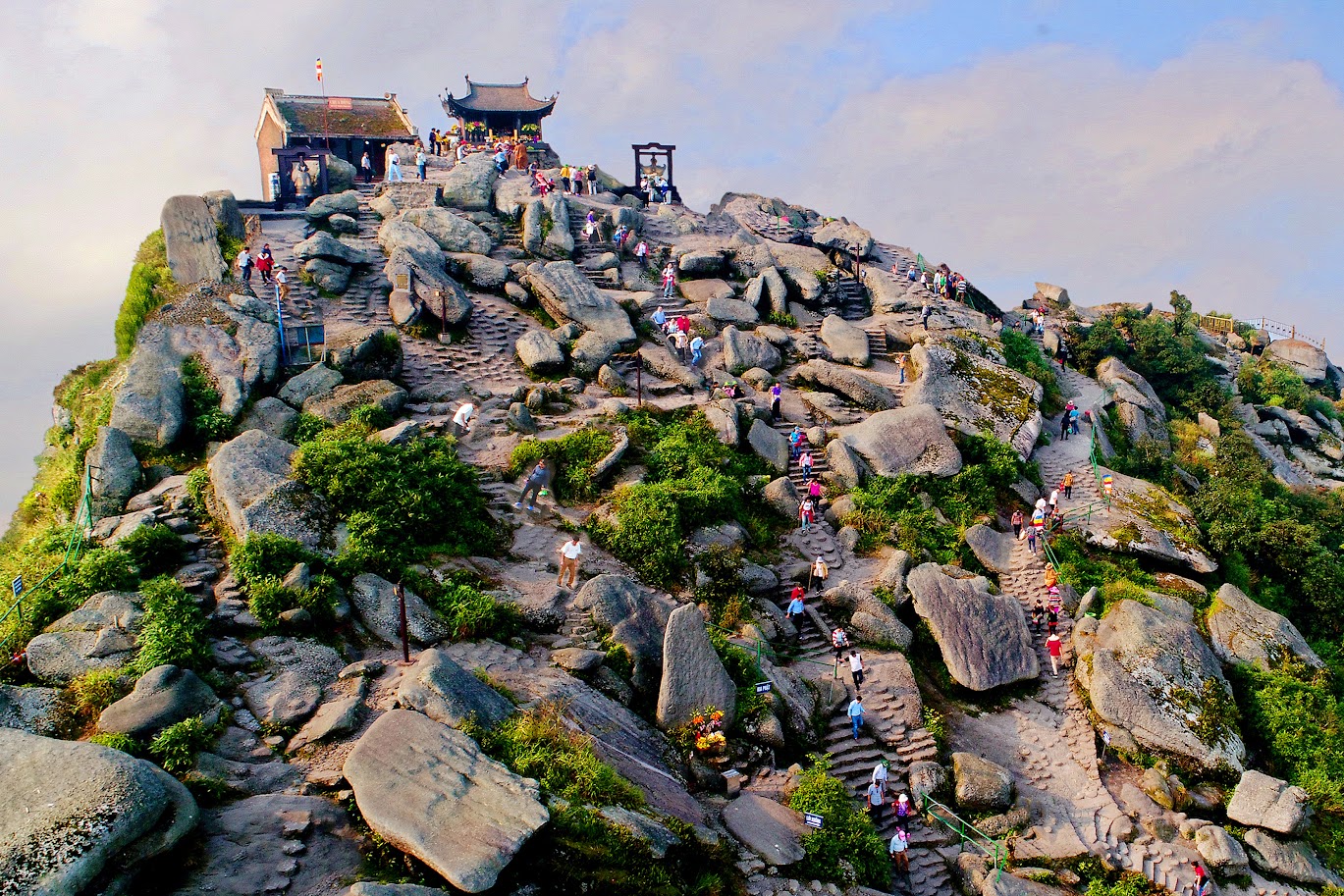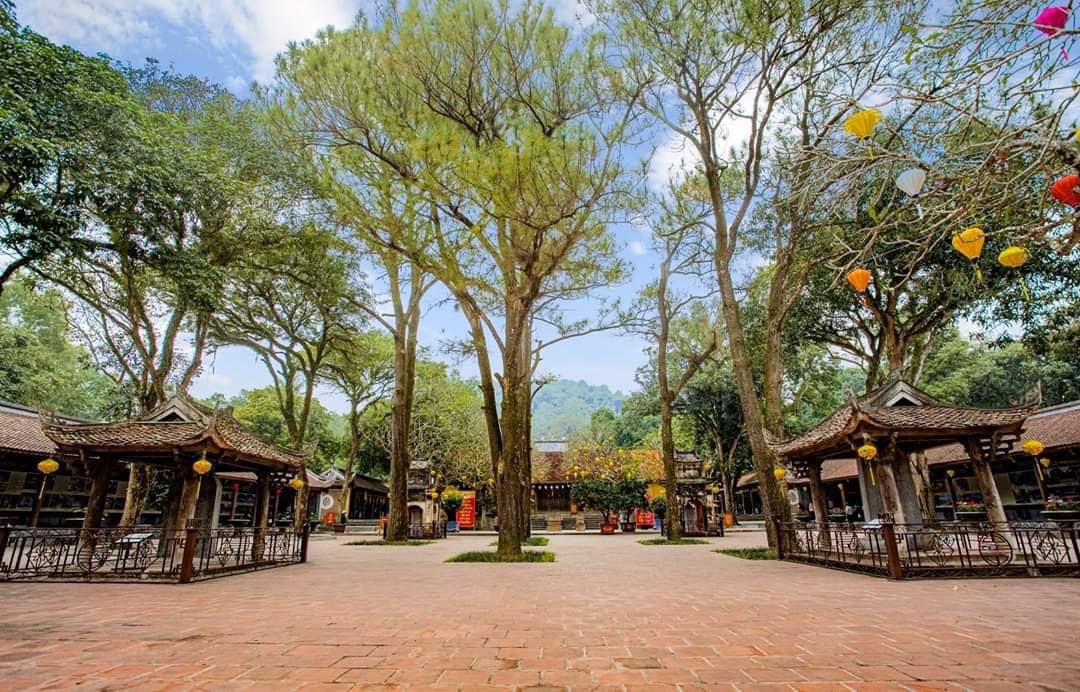(TITC) - On 12 July 2025, during the 47th session of UNESCO’s World Heritage Committee in Paris, Vietnam proudly celebrated another milestone in its cultural legacy as the Yen Tu - Vinh Nghiem - Con Son - Kiep Bac Relics and Landscape Complex was officially inscribed on the UNESCO World Heritage List. This marks Vietnam’s 9th World Heritage Site and its second inter-provincial designation, following the inscription of the Ha Long Bay - Cat Ba Archipelago in 2023.The Components of the Heritage Complex
The complex also represents Vietnam’s first serial (chain-type) cultural heritage, comprising 12 component sites that extend across Quang Ninh, Bac Giang, and Hai Duong provinces, covering a core area of 525.75 hectares and a buffer zone of 4,380 hectares. This monumental recognition highlights not only the nation’s rich cultural history but also its enduring spiritual heritage, deeply rooted in Truc Lam Zen Buddhism - a unique Vietnamese Buddhist tradition founded by King-Monk Tran Nhan Tong in the 13th century.
A Sacred Journey Through Time and Space
The heritage complex encompasses a network of pagodas, temples, towers, and sacred landscapes that together narrate the full evolution of Truc Lam Buddhism through seven centuries. Each site contributes a distinct chapter to this spiritual and cultural story.
- Yen Tu Area (Quang Ninh): Known as the cradle of Truc Lam Zen Buddhism, this area includes the revered Hue Quang Tower, Hoa Yen Pagoda, Lan Pagoda, Ngoa Van Pagoda, and parts of the ancient pilgrimage route where King Tran Nhan Tong abdicated his throne to pursue enlightenment. The serene mountain setting symbolizes the fusion of spirituality and nature, embodying the Vietnamese philosophy of harmony between heaven, earth, and humanity.
- Vinh Nghiem Pagoda (Bac Giang): First built during the Ly Dynasty and restored under King Tran Nhan Tong, Vinh Nghiem Pagoda preserves more than 3,050 wooden Buddhist scripture blocks, which were recognized in 2012 as part of UNESCO’s Memory of the World Programme for the Asia-Pacific region. The pagoda is not only a center of Zen learning but also a living museum of ancient Vietnamese calligraphy and printing craftsmanship.
- Con Son - Kiep Bac (Hai Duong): This site is closely associated with national heroes such as Nguyen Trai, the celebrated scholar, poet, and strategist of the Le Dynasty, and Zen Master Huyen Quang, the third patriarch of Truc Lam Zen. The area’s temples, forests, and rivers host traditional rituals, including the Spring Water Procession Festival, reflecting the unity of spiritual belief and community life.
Together, these components embody critical stages in the foundation, institutionalization, revival, and dissemination of Truc Lam Buddhist values, merging tangible and intangible heritage, from architecture to ritual, from landscape to philosophy.

Outstanding Universal Value & UNESCO Recognition
The World Heritage Committee inscribed the Yen Tu - Vinh Nghiem - Con Son - Kiep Bac Complex under Criteria (iii) and (vi) for its Outstanding Universal Value (OUV):
- Criterion (iii): The complex bears an exceptional testimony to a cultural and religious tradition that represents the fusion of state, religion, and community, a hallmark of Truc Lam Zen Buddhism, which shaped the political and moral foundations of Dai Viet during the Tran Dynasty.
- Criterion (vi): The site is directly and tangibly associated with Truc Lam Zen philosophy, a tradition advocating peace, tolerance, harmony, and environmental ethics, which continues to influence Vietnamese thought and lifestyle.
This recognition underscores Vietnam’s success in preserving living heritage that remains relevant in the modern era, linking the spiritual legacy of the past with contemporary values of sustainability and inclusivity.

Spiritual, Cultural, and Tourism Significance
The complex stands as a testament to the Vietnamese people’s resilience, creativity, and spirituality. Truc Lam Zen Buddhism, distinct from its Chinese and Japanese counterparts, integrates Buddhist meditation, Confucian ethics, Daoist cosmology, and indigenous Vietnamese beliefs, forming a philosophical foundation that guided national governance and moral conduct for centuries.
Even today, the Yen Tu pilgrimage remains one of Vietnam’s most important spiritual journeys, attracting millions of devotees and visitors annually. Travelers can experience both spiritual enlightenment and cultural immersion through activities such as:
- Climbing Yen Tu Mountain to meditate at misty pagodas and enjoy panoramic sunrise views.
- Exploring Vinh Nghiem Pagoda’s ancient woodblocks and architectural harmony.
- Joining the Con Son - Kiep Bac Festival, paying tribute to national heroes and witnessing rituals that have endured for generations.
These experiences allow visitors to engage not only with history and faith but also with the essence of Vietnamese culture, a culture of harmony, humility, and humanity.

A Heritage for the Future
The inscription of the Yen Tu - Vinh Nghiem - Con Son - Kiep Bac Relics and Landscape Complex is not merely an addition to the World Heritage List. It symbolizes Vietnam’s commitment to heritage-led sustainable development, balancing preservation with community participation and responsible tourism.
It also reinforces Vietnam’s growing reputation as a cultural powerhouse in Southeast Asia, with nine World Heritage sites recognized by UNESCO, spanning natural wonders, architectural masterpieces, and intangible cultural treasures.
As Vietnam continues to integrate heritage conservation into its development policies, the recognition of this complex will inspire new initiatives in education, tourism, and environmental stewardship, ensuring that the values of Truc Lam Zen: compassion, balance, and wisdom, continue to resonate with future generations.
A Living Legacy
Ultimately, the Yen Tu - Vinh Nghiem - Con Son - Kiep Bac Complex is not a static monument but a living cultural landscape, where spirituality and daily life intertwine. Its mountains, temples, and festivals form a bridge between the past and the present, a symbol of Vietnam’s enduring soul and timeless harmony with nature.
For travelers seeking history, tranquility, and inspiration, this World Heritage Site offers not only breathtaking scenery but also a profound journey into the heart of Vietnamese identity and philosophy.
Tourism Information Technology Center










